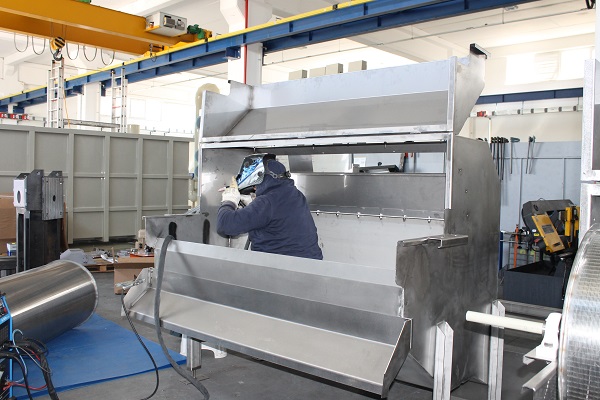Welding is a process that joins two or more pieces of metal by heating them to a melting point and then allowing them to cool, creating a strong and durable bond. There are many types of welding processes, each with their own advantages and disadvantages. In order to ensure the quality and integrity of welded structures, it is important to use the appropriate welding technique for the job and implement effective quality control measures.
Types of Welding
- Arc Welding: This is the most common type of welding, which uses an electric arc to create heat and melt the metal. It includes Stick welding, TIG welding, and MIG welding.
- Resistance Welding: This technique uses electrical resistance to generate heat and weld the metal. It includes spot welding, seam welding, and projection welding.
- Gas Welding: This process uses a flame to heat the metal and melt it, allowing it to be welded. It includes oxy-acetylene welding, oxy-propane welding, and oxy-hydrogen welding.
- Laser Welding: This process uses a high-powered laser beam to melt the metal and create a weld.
Importance of Quality Control in Welding
Welding is a critical process that affects the strength and integrity of structures, so it is essential to maintain high-quality standards throughout the welding process. Here are some reasons why quality control is important in welding:
- Safety: Welding can be dangerous if not done properly. Proper quality control measures can ensure that the welds are strong and will not fail under stress, reducing the risk of accidents and injuries.
- Durability: Welded structures are expected to last a long time and withstand harsh conditions. Effective quality control measures can ensure that the welds are durable and will not break down over time, increasing the lifespan of the structure.
- Cost-effectiveness: Welding mistakes can be expensive to fix, so it is important to get it right the first time. Quality control measures can catch welding errors early on, reducing the risk of costly rework.
- Compliance: Certain industries, such as aerospace and automotive, have strict quality control regulations that must be followed. Effective quality control measures can ensure that welding processes meet these standards and ensure compliance.
Quality Control Measures for Welding
Here are some common quality control measures that should be implemented during the welding process:
- Training: Welders should be trained on the appropriate welding technique for the job and the specific quality control measures that need to be implemented.
- Inspection: Welds should be inspected for defects, such as cracks, porosity, and lack of fusion. Inspection can be done visually, or through non-destructive testing techniques, such as X-rays and ultrasonic testing.
- Documentation: All welding processes and quality control measures should be documented, including the materials used, welding parameters, and inspection results.
- Testing: Welded structures should be tested to ensure that they meet the required strength and durability standards.
Welding is an important process that requires the use of appropriate techniques and effective quality control measures to ensure the safety, durability, and compliance of welded structures. Understanding the different types of welding and implementing quality control measures can help ensure that the welding process is carried out correctly and that the final product meets the necessary standards.
At East Key Industrial we strictly vet our suppliers to ensure best welding techniques. Our commitment to quality control and timely delivery guarantees that our clients receive products that meet their exact specifications, on time and within budget. Get in touch and find more about Welding techniques and prices today.
